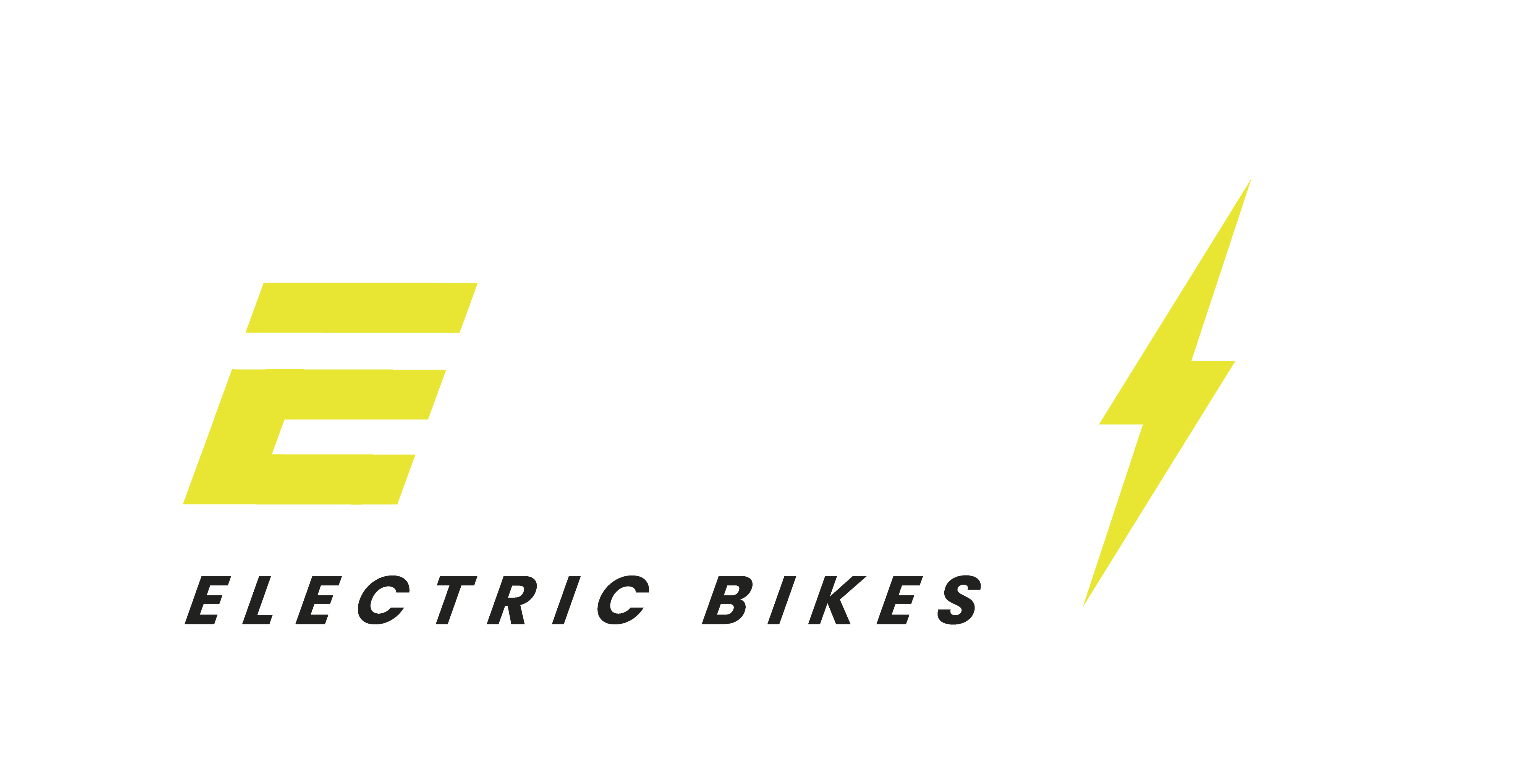- Empty cart.
- Continue Shopping
How to Choose an Electric Bicycle (Buying Guide)

As we all are aware, in today’s world, battery power has been implemented in almost every genre of our lives. Electric bicycles are no exception and quickly becoming an excellent alternative to the traditional cycling world we have always known and loved. Whether you are looking for a backup plan in the event of pedal fatigue to assistance climbing the highest peak, the addition of battery power will offer an array of possibilities traditional cycling simply cannot allow for.
As we all are aware, in today’s world, battery power has been implemented in almost every genre of our lives. Electric bicycles are no exception and quickly becoming an excellent alternative to the traditional cycling world we have always known and loved. Whether you are looking for a backup plan in the event of pedal fatigue to assistance climbing the highest peak, the addition of battery power will offer an array of possibilities traditional cycling simply cannot allow for.
These are some of the things to look out for in an electric bike before you make a final purchase.
Features
We will start with electric bike features which are comprised of a motor, battery, and a throttle.
Motor
This is the most significant component on an electric bike. There are several motor styles used in electric bikes. All motors will essentially perform the same function however the way the motor operates will vary.

- Front hub motors
Front hub motors are used with throttle systems. This is due to the difficulty to assist given the motor is not part of the actual drivetrain itself. These are the least common motors utilized in the e-bike market. Typically, front hub motors are merely added as a conversion kit since they can easily be incorporated to any bike.
- Rear hub motors
This motor type has the capability to accommodate both throttle and a motorized pedal assist function. Some systems will allow you to switch between both options. Rear hub motors are commonly seen on electric folding bikes however will also be implemented with some non-folding bike models.
- Mid-drive motors
Mid-drive motors are located at the center of the bike frame. The mid-drive motor system is activated through pedaling compared to hub motors.
Batteries
Electric bike batteries are typically composed of lithium-ion. There are 2 specifications that are used to determine strength and longevity of a given charge.
The first of which will be voltage, (V). The higher the voltage, the more cells and power capacity the individual battery will have.
The second specification will indicate said batteries amp hours, (Ah). Batteries with higher amp hours deliver more power and more performance, allowing the battery to work for a longer period time on a given charge.

Throttle
Another feature with an electric bicycle is the throttle itself. In many cases, these throttles are what controls the motor. Having a throttle will allow to switch between using your effort or using the motor when pedaling. This is often referred to in the industry as “Pedal Assist”.

Next, we will discuss the two types of electric bikes available on the market today.
Pedal Assist. As the name suggests, this type of e-bike will offer a “pedal-assist” system. Should you wish to use the motor, simply pedal while engaging the throttle. The motor will then assist allowing for less strain when pedaling. The pedal-assist e-bikes are a great application for riders who still want the cycling experience yet have ride assistance when and where needed.
Throttle-only
This is a type of e-bike that controls the motor using the throttle. A throttle only type will offer motor capability without the necessity of pedaling. Many e-bikes of this type are also equipped with a pedal-assist feature.
Finally, there are 3 classifications of electric bikes. These are referred to as Class 1, Class 2, and Class 3. Below are the definitions of each class.
Class 1
A bicycle equipped with a motor that aids only when the rider is pedaling, and that ceases to aid when the bicycle reaches the speed of 20 mph.
Class 2: A bicycle equipped with a motor that may be used exclusively to propel the bicycle, and that is not capable of aiding when the bicycle reaches the speed of 20 mph.
Class 3: A bicycle equipped with a motor that aids only when the rider is pedaling, and that ceases to aid when the bicycle reaches the speed of 28 mph and is equipped with a speedometer.
Please note:
At the time this buyers guide was created, a Department of Motor Vehicle issued license is not required should you wish to operate all classes of electric bicycles currently available.
In closing, our hope is that this comprehensive buyer’s guide provided above will help you source the perfect electric bike decision you will never regret.






